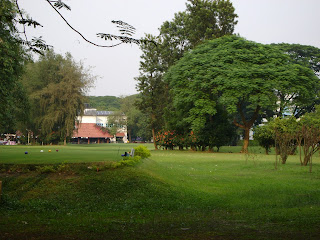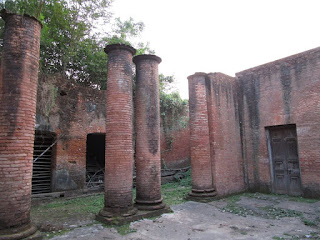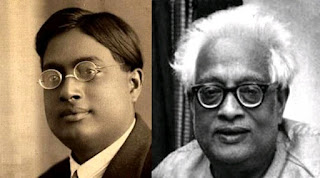CHRIST CHURCH

Christ Church situated on Bidhan Sarani is currently in its 180th year. Bethune School and Christ Church Girls High School were an integral part of the church. The Christ Church is an old and historical place built by Bishop Wilson and dedicated in 1839.The first Presbyter-in-Charge of this church was Rev. Krishna Mohan Banerjee and he served this Church from 1839 to 1852. Banerjee an eminent 19th-century Indian reformist attempted to rethink Hindu philosophy, religion and ethics in from a Christian viewpoint. He was the first president of the Bengal Christian Association, and a member of Henry Louis Vivian Derozio’s (1808–1831) Young Bengal group, educationist, linguist and Christian missionary. He used to preach and deliver sermons in Bengali. In 1862 Toru Dutt ( a Bengali translator and poet from British India , who wrote in English and French) and her entire family converted to Christianity, all the three children were baptized into the religion at Christ Churc



